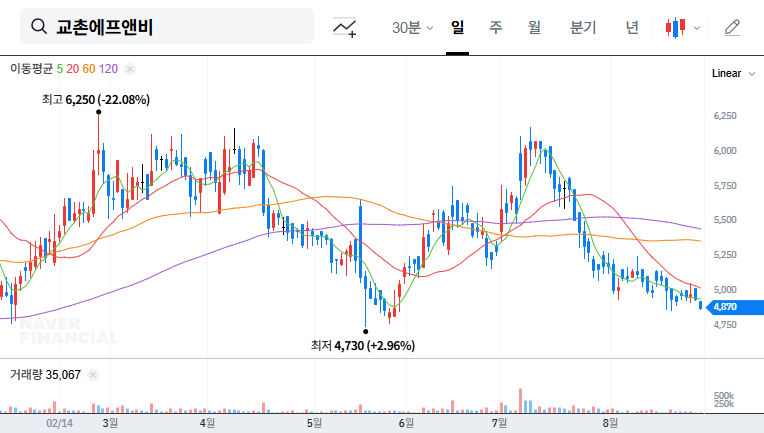
ITchem’s ₩7 Billion Investment: What’s Happening?
On September 4th, ITchem announced a ₩7 billion investment in Key Upcycling Growth Special Purpose Company (SPC), acquiring a 35% stake in Key Engineering, a recycling equipment engineering company. This investment represents 7.96% of ITchem’s capital and will be paid in cash.
Why Invest in Key Engineering?
ITchem’s core business lies in pharmaceutical materials and OLED materials. This investment signifies a strategic move towards the eco-friendly recycling market. Synergies are expected with ITchem’s deuterium oxide (D2O) recycling business, diversifying its portfolio and securing a potential engine for future growth.
Opportunity or Risk?
- Opportunities:
- Entry into the eco-friendly market and securing future growth engines
- Potential synergies with the D2O recycling business
- Potential valuation premium
- Risks:
- Increased financial burden (rising debt ratio)
- Uncertainties surrounding the early stages of the new business
- Potential dilution of focus on existing core businesses
Action Plan for Investors
- Consider investment from a long-term perspective
- Continuously monitor ITchem’s financial health indicators
- Verify the performance of the new business and synergy effects
- Analyze macroeconomic variables and exchange rate impacts
FAQ
What is the purpose of ITchem’s investment?
It’s a strategic investment to enter the eco-friendly market and secure new growth engines by acquiring a stake in Key Engineering, a recycling equipment engineering company.
What is the investment amount and how will it be funded?
The investment amount is ₩7 billion, and it will be paid in cash. This represents 7.96% of ITchem’s capital.
What are the main risks of this investment?
The main risks include increased financial burden, uncertainties in the early stages of the new business, and potential dilution of focus on existing core businesses.
What should investors pay attention to?
Investors should consider the investment from a long-term perspective and closely monitor financial health indicators, the new business’s performance, and macroeconomic variables.



